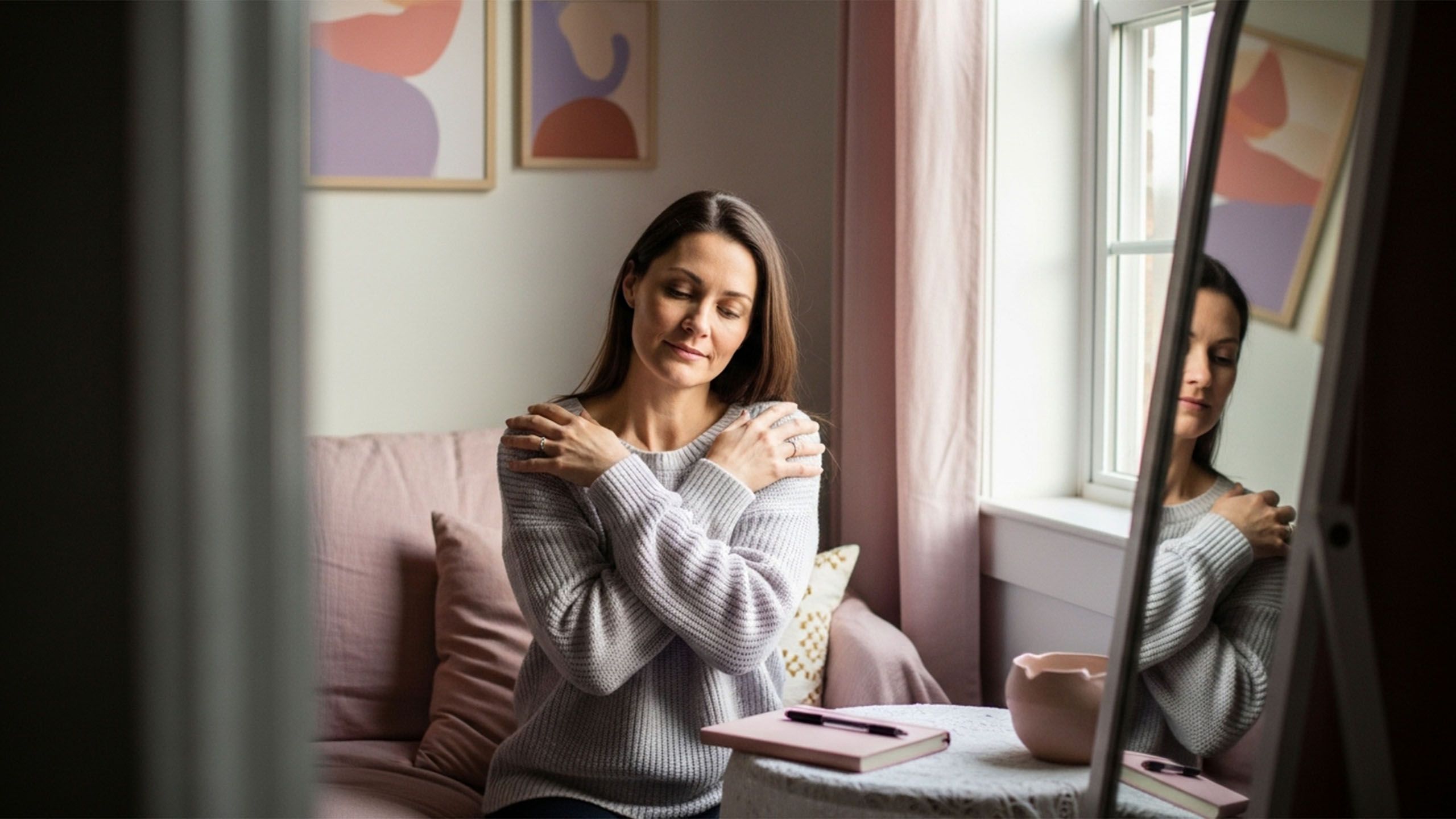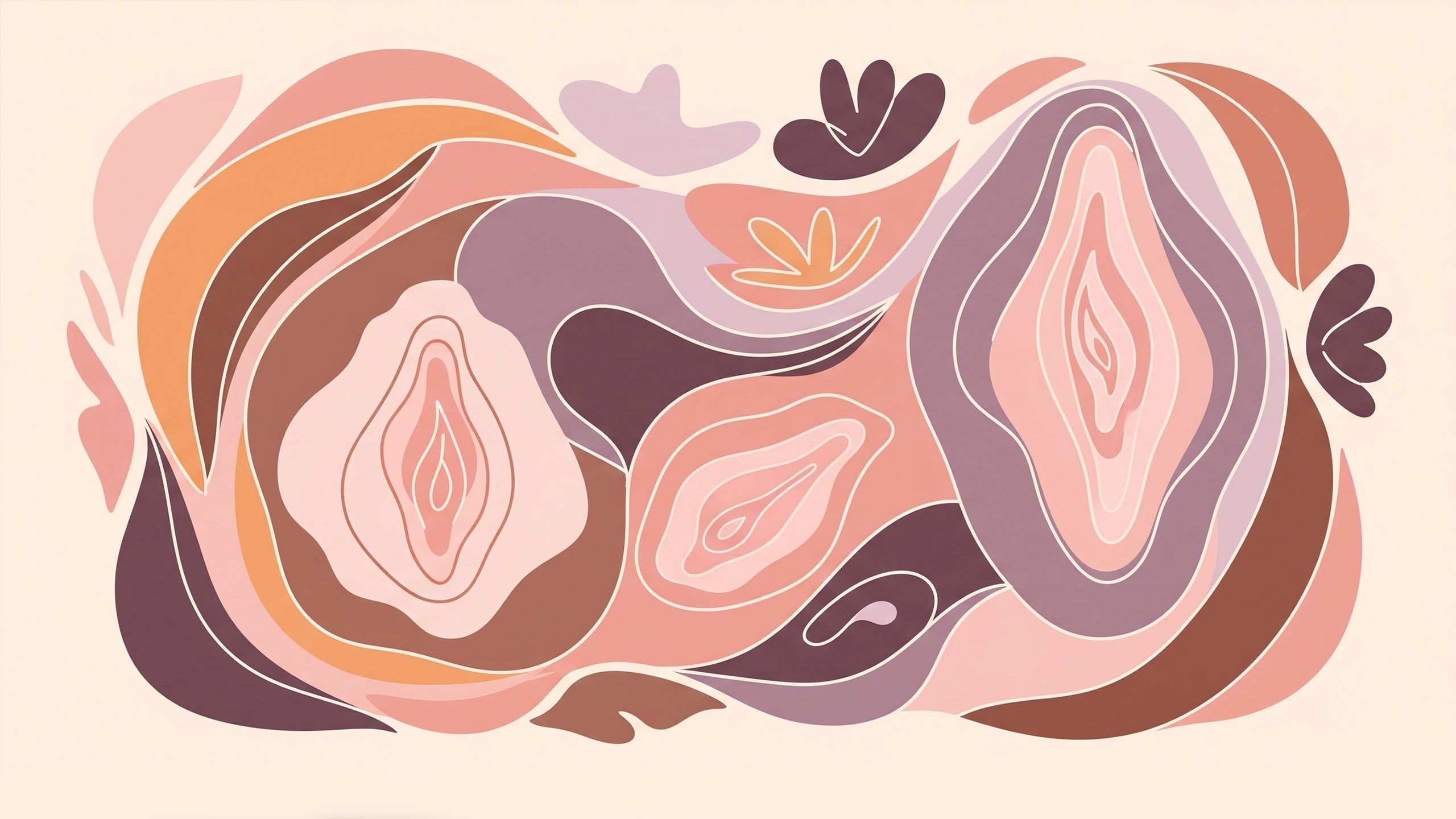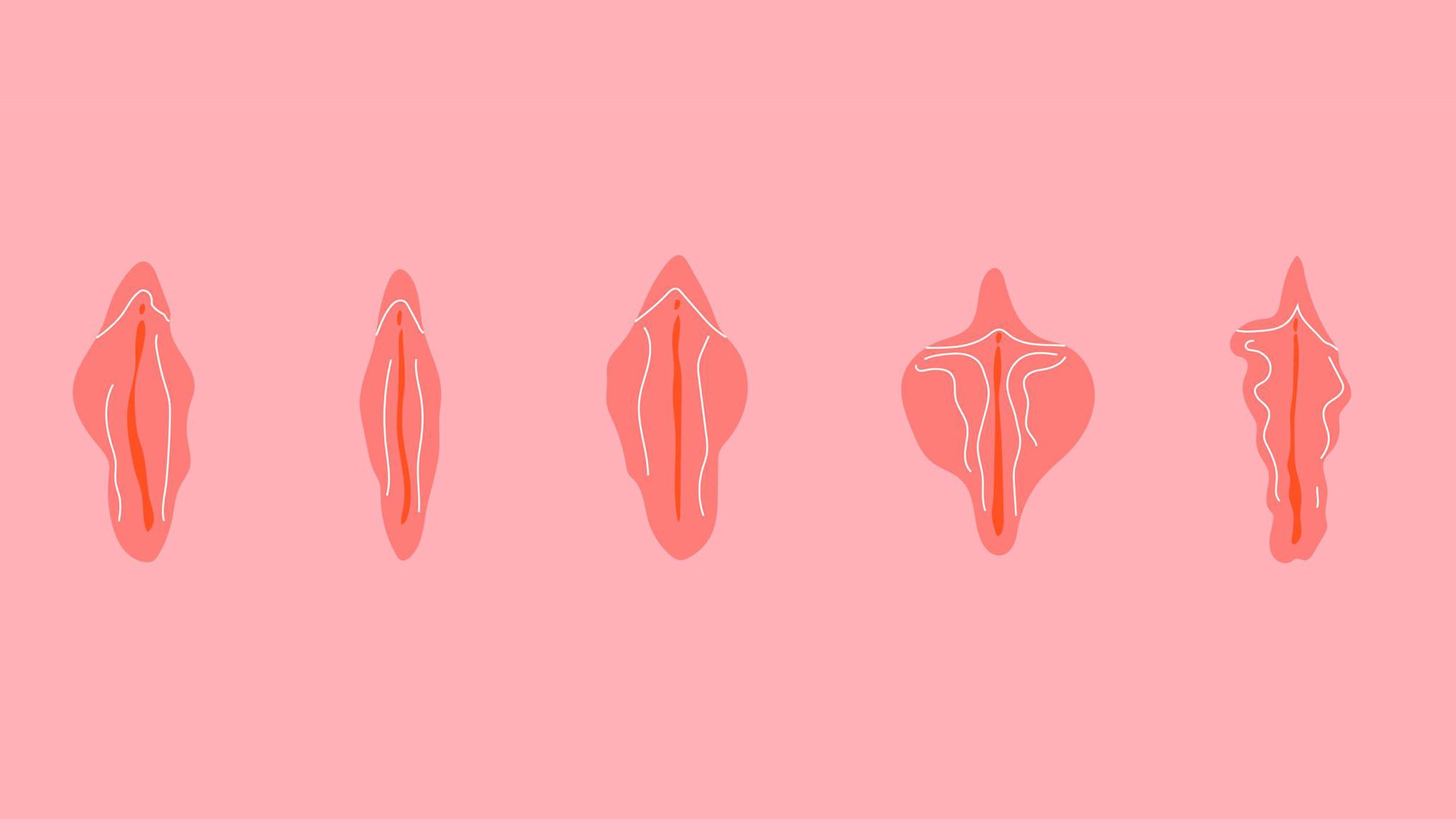10 Facts That Celebrate the Vulva

10 Facts That Celebrate the Vulva
The vulva is an essential part of the body that often goes underappreciated in everyday conversations. Here, we'll explore 10 facts that shine a light on its features, functions, and natural qualities. Each fact comes with some practical tips to help with body acceptance and appearance, presented in a straightforward way.
1. Every Vulva Has Its Own Unique Shape and Size
Just like faces or hands, no two vulvas look exactly the same. They can vary in the curve of the labia, the prominence of certain parts, or overall proportions, and that's a natural part of human anatomy. This variation means your vulva is as individual as you are, adding a personal touch to your body. For instance, some labia majora might be fuller, while others are more subtle, and the inner labia can range from tucked in to extending outward.
Tip: Spend a few minutes with a hand mirror to get familiar with your own vulva. This simple step can build comfort and help you notice what's normal for you, making routine self-checks easier.
2. The Clitoris Packs Thousands of Nerve Endings
One standout feature of the vulva is the clitoris, which contains about 8,000 nerve endings dedicated to sensation. That's roughly double what's found in comparable areas elsewhere, making it a key spot for feeling good. This density allows for a wide range of responses to touch, from gentle to more intense, highlighting how attuned the vulva can be.
Tip: If you're curious about your body's responses, try exploring different types of touch in a relaxed setting. Paying attention to what feels pleasant can enhance your understanding of your vulva's sensitivity.
3. Much of the Clitoris Extends Internally
While the visible part of the clitoris is small, it actually branches out inside the body, sometimes reaching up to 5 inches in length. This internal structure wraps around nearby areas, contributing to overall enjoyment during activities. It's like having a hidden network that amplifies experiences, showing the vulva's depth beyond what meets the eye.
Tip: Incorporate mindfulness practices, like focused breathing, to become more aware of internal sensations. This can help you appreciate the full scope of your vulva's design.
4. The Vulva Changes Color and Swells During Arousal
When excitement builds, blood flow increases to the vulva, causing it to swell slightly and take on a deeper hue, such as from pink to a richer red or purple. This natural shift prepares the area for comfort and is a sign of the body's responsive system at work. It's a subtle but effective way the vulva adapts in the moment.
Tip: Notice these changes during personal time to better recognize your body's signals. Keeping track in a journal can make you more in tune with these normal shifts.
5. Natural Lubrication Comes from Built-In Glands
The vulva houses glands, like the Bartholin's and Skene's, that produce fluids to keep things smooth and comfortable, especially during intimacy or daily movement. This self-lubricating ability reduces friction and supports ease, demonstrating the vulva's practical efficiency.
Tip: Opt for breathable fabrics in underwear to support this natural process. Avoiding harsh soaps can also help maintain the vulva's balance, keeping lubrication consistent.
6. Pubic Hair Serves as a Protective Layer
Hair growth on the vulva, whether sparse or full, acts as a buffer against irritation from clothing or activity. It can vary in texture, from straight to curly, and helps trap scents while cushioning the skin. This feature underscores the vulva's built-in defenses for everyday wear and tear.
Tip: Whether you trim, shave, or leave it natural, choose what feels right for your comfort. Gentle grooming tools can prevent ingrown hairs, keeping the area smooth if that's your preference.
7. The Labia Offer Protection and Sensitivity
The outer and inner labia work together to shield internal parts while being rich in nerves and blood vessels. They can differ in length or asymmetry, which is standard, and respond to touch in ways that add layers to sensation. This dual role makes the labia a versatile part of the vulva's overall setup.
Tip: Wear fitted but not tight clothing to avoid chafing on the labia. Moisturizing with unscented lotions can keep the skin supple and comfortable.
8. The Vulva Maintains a Natural Scent
Each vulva has its own subtle aroma, influenced by factors like diet, sweat, or daily habits. This scent can shift slightly with cycles or exercise, but it's a normal aspect that reflects the body's ongoing processes. Embracing this as part of your personal makeup can foster a sense of normalcy.
Tip: Stick to mild, fragrance-free cleansers for washing to preserve your natural scent. Staying hydrated and eating balanced meals can also influence it positively.
9. Sweat Glands Keep the Area Adaptive
With a higher number of sweat glands than many other body parts, the vulva can produce moisture to regulate temperature and maintain comfort. This helps during physical activity or warmer weather, showing how the vulva adjusts to keep things balanced.
Tip: Choose cotton underwear for better airflow, which can reduce excess sweat buildup. Quick rinses with water after workouts can refresh the area without disrupting its natural state.
10. The Vulva Shows Resilience After Changes
Following events like childbirth or hormonal shifts, the vulva can bounce back, often returning to its usual feel within days or weeks. This ability to recover highlights its strength and adaptability over time, ensuring it continues to function well through different life stages.
Tip: Gentle exercises, like walking, can aid recovery if needed. Consulting a doctor for any persistent changes ensures you're supporting your vulva's health effectively.
| Fact Number | Fact Description | Practical Tip |
|---|---|---|
| 1 | Every Vulva Has Its Own Unique Shape and Size | Use a hand mirror for self-familiarity and routine checks. |
| 2 | The Clitoris Packs Thousands of Nerve Endings | Explore different touches in a relaxed setting. |
| 3 | Much of the Clitoris Extends Internally | Practice mindfulness for awareness of internal sensations. |
| 4 | The Vulva Changes Color and Swells During Arousal | Journal changes to recognize body signals. |
| 5 | Natural Lubrication Comes from Built-In Glands | Choose breathable underwear and avoid harsh soaps. |
| 6 | Pubic Hair Serves as a Protective Layer | Groom based on personal comfort with gentle tools. |
| 7 | The Labia Offer Protection and Sensitivity | Wear non-tight clothing and use unscented moisturizers. |
| 8 | The Vulva Maintains a Natural Scent | Use mild cleansers, stay hydrated, and eat balanced meals. |
| 9 | Sweat Glands Keep the Area Adaptive | Opt for cotton underwear and rinse after workouts. |
| 10 | The Vulva Shows Resilience After Changes | Do gentle exercises and consult a doctor for persistent issues. |
Q & A
Q: Is it normal for vulvas to look different from one person to another? A: Yes, variations in shape, size, and color are completely standard, just like other body parts.
Q: How can I tell if changes in my vulva are normal? A: Track subtle shifts like color or swelling during arousal or cycles; consult a doctor if something feels unusual or persistent.
Q: What's the best way to care for pubic hair? A: Choose grooming based on your preference—trimming, shaving, or natural—using gentle methods to avoid irritation.
Q: Why does the vulva have a natural scent? A: It's influenced by factors like diet and sweat; mild washing helps maintain it without disrupting balance.
Q: Can the vulva recover from life changes like childbirth? A: Often yes, with time and gentle care; light activity can help, but seek professional advice if needed.
Q: How do I become more comfortable with my vulva's appearance? A: Simple self-exploration with a mirror and noting natural features can build familiarity over time.
Disclaimer: The articles and information provided by the Vagina Institute are for informational and educational purposes only. This content is not intended to be a substitute for professional medical advice, diagnosis, or treatment. Always seek the advice of your physician or another qualified health provider with any questions you may have regarding a medical condition.


 English
English  Deutsch
Deutsch  Español
Español  Français
Français 



